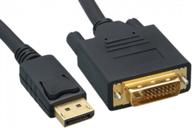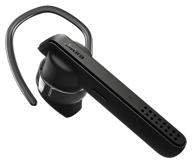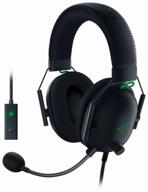
Review on 📞 Panasonic KX-TGP600 SIP Dect Base Unit & Cordless Handset: Secure and Efficient Communication Solution by Heather Jones

Functional, adaptable and flexible
Last night I set up my KX-TGP600 (3 KX-TPA60 handsets and 1 KX-TPA65 desk phone) with VoIP.ms. say that configuring this phone system and its phones will require some technological intervention. Knowledge of VoIP concepts and terminology is a must and probably NOT a good choice for those who consider "Vonage Business" as an acceptable and cost-effective solution for business communication needs ;) One of the complaints I read here was, that the requirement to switch to the built-in web server from the phone was a stupid idea. Of course, the security-conscious among us will understand the reason for this feature: you rarely use the web interface, so why leave a potential vulnerability constantly exposed? And if you are NOT leaving it permanently available (in line with security best practices), how exactly do you disable/enable it with a base station whose only user interface is a single button? Answer: through the tube. Go on. The configuration was actually relatively simple; I didn't need the administration manual at all. I updated the firmware (wow, it took a while) and set up 2 new sub-accounts on VoIP.ms (my VoIP provider) for business and personal calls to/from it. The only issue I had with the initial setup was that I couldn't get the phone to register with the sub-accounts I created unless I put the sub-account's name for "phone number" in the SIP settings used. This matches the VoIP.ms instructions for the KX-TGP500, but the problem is that the caller ID displayed for the recipient of the outgoing call is partially (2nd to 6th in my case) characters) of the sub-account's username records. To fix this, you need to set the caller ID number in the VoIP.ms child account configuration, which overrides it. There's also a small mechanical/design issue (which will admittedly affect very few people) with the KX-TPA65; I use a Plantronics DECT headset (CS361N) which I really like for long calls. Unfortunately, the TPA65 tube is so heavy that the imbalance it creates causes the Plantronics tube lifter to push it all the way out of its mount at either medium or high stroke settings, or fail to release the lever at about halfway up. Time. I solved this problem by gluing a small amount of sticky rubber compound to the bottom of the mouthpiece. This allows the top of the tube to be lifted and disengaged from the switch while the bottom is held firmly in the recess. The sound quality is excellent in both directions and the configuration options for calls, line availability, key settings and directory management are very convenient. useful. It's much more customizable than the Gigaset C610A-IP in our country house. It's still very early, but so far I'm quite satisfied. Update: One thing I wasn't able to verify when setting up this evening was receiving incoming calls (didn't want to wake my wife). And unfortunately they didn't work when I tested them the next morning. I checked the configuration differences between Panasonic and my venerable PAP2T-NA and found that the registration flow and 100rel (RFC 3262) activation are different. One of them solved the problem (at least for now), but at the moment I'm not sure which one. I set the registration expiry to 180 and 100rel to disabled. Voicemail notification on the display also didn't work, but I believe setting "Send SUBSCRIPTION to voicemail server" to "Yes" solved the problem. at least it works now.
- Ideal for outdoor activities
- Not sure
New products
Comments (0)
Top products in 📱 Telephones & Accessories
Another interesting products

📸 CZUR Shine800-A3-Pro Professional Document Camera and Scanner with OCR Function for MacOS and Windows - Height Adjustable, Supports A3 & A4 Documents

4 Review

📷 CZUR Shine800-Pro: High-Speed Document Camera for Mac and Windows with OCR Function

10 Review
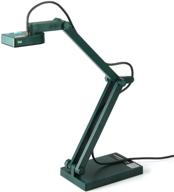
IPEVO V4K: Ultra High Definition 8MP USB Document Camera - Perfect for Live Demos, Web Conferencing, Distance Learning & Remote Teaching on Mac OS, Windows, and Chromebook

3 Review
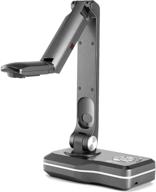
JOYUSING 8MP Document Camera for Teachers - VGA/HDMI/USB Three Mode, Mac, Windows, Chrome Compatible - Ideal for Online Teaching, Distance Learning, and Web Conferencing

3 Review




